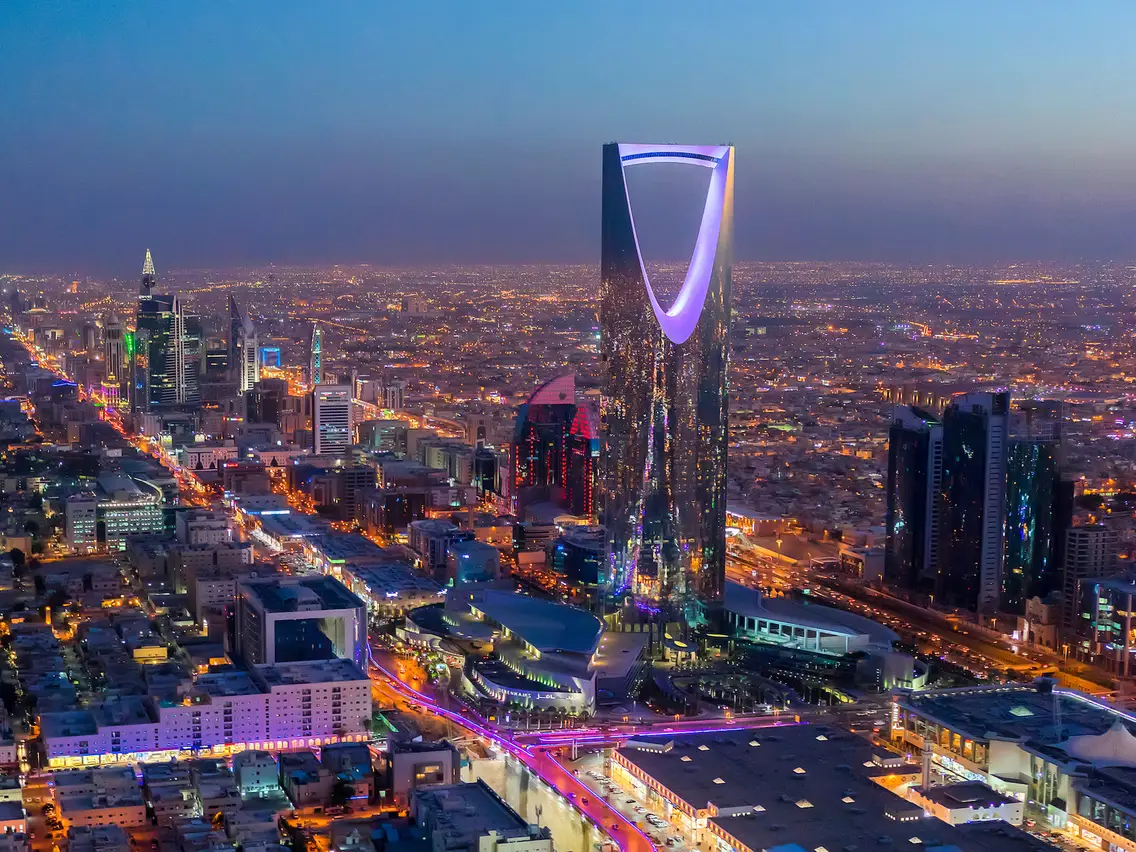nyssenate31.com – Saudi Arabia is undergoing a significant transformation in its urban development, with a focus on creating smart cities and modern infrastructure that align with its Vision 2030 goals. This ambitious plan aims to diversify the economy, improve the quality of life, and position the Kingdom as a global leader in innovation and sustainability. This article explores the key initiatives and projects that are shaping Saudi Arabia’s urban landscape, highlighting the integration of smart technologies and sustainable practices.
The Vision for Smart Cities
Saudi Arabia’s smart city initiatives are designed to enhance urban living through the integration of advanced technologies. These cities are envisioned to be highly efficient, sustainable, and responsive to the needs of their residents. Key features include:
- Smart Infrastructure: Utilizing IoT (Internet of Things) and AI (Artificial Intelligence) to manage and optimize the use of resources such as water, electricity, and transportation.
- Sustainable Living: Incorporating green building practices, renewable energy sources, and waste management systems to reduce the environmental footprint.
- Enhanced Connectivity: Developing high-speed internet and communication networks to ensure seamless connectivity for residents and businesses.
Flagship Projects
Several flagship projects are at the forefront of Saudi Arabia’s urban development strategy, each representing a different aspect of smart city innovation:
NEOM
NEOM is perhaps the most ambitious project, aiming to create a futuristic smart city powered entirely by renewable energy. Located in the northwest of the Kingdom, NEOM will span 26,500 square kilometers and will be a hub for innovation, business, and living. It will feature advanced technologies such as autonomous vehicles, robotics, and AI to create a sustainable and efficient urban environment.
The Red Sea Project
The Red Sea Project is another significant development that combines luxury tourism with sustainability. This project will create a collection of luxury resorts, residential areas, and entertainment facilities on the Red Sea coast. It will be powered by renewable energy and will implement strict environmental conservation measures to protect the surrounding ecosystem.
Qiddiya
Qiddiya is a new entertainment city located just outside Riyadh, designed to become a regional entertainment hub. It features a range of attractions, including theme parks, sports facilities, and cultural experiences. Qiddiya is part of Saudi Arabia’s efforts to develop its entertainment and leisure sector and reduce its reliance on oil revenues.
Infrastructure Development
In addition to smart city projects, Saudi Arabia is investing heavily in infrastructure development to support its growing population and economic diversification goals. Key areas of focus include:
- Transportation: Developing a modern transportation network, including high-speed rail, metro systems, and airports, to improve connectivity within the Kingdom and to neighboring countries.
- Energy: Expanding the electricity grid and investing in renewable energy projects to ensure a reliable and sustainable energy supply.
- Water: Implementing desalination plants and water conservation measures to address water scarcity challenges.
Challenges and Opportunities
While Saudi Arabia’s urban development plans are ambitious, they face several challenges, including the need for significant investment, the integration of advanced technologies, and the management of environmental impacts. However, these projects also present substantial opportunities for innovation, economic growth, and improved quality of life.
Conclusion
Saudi Arabia’s focus on smart cities and infrastructure development is a critical component of its Vision 2030 strategy. By integrating advanced technologies and sustainable practices, the Kingdom is creating urban environments that are efficient, livable, and resilient. These initiatives not only aim to enhance the quality of life for Saudi residents but also position the country as a global leader in urban innovation and sustainability. As these projects progress, they will serve as models for future urban development, both regionally and internationally.
